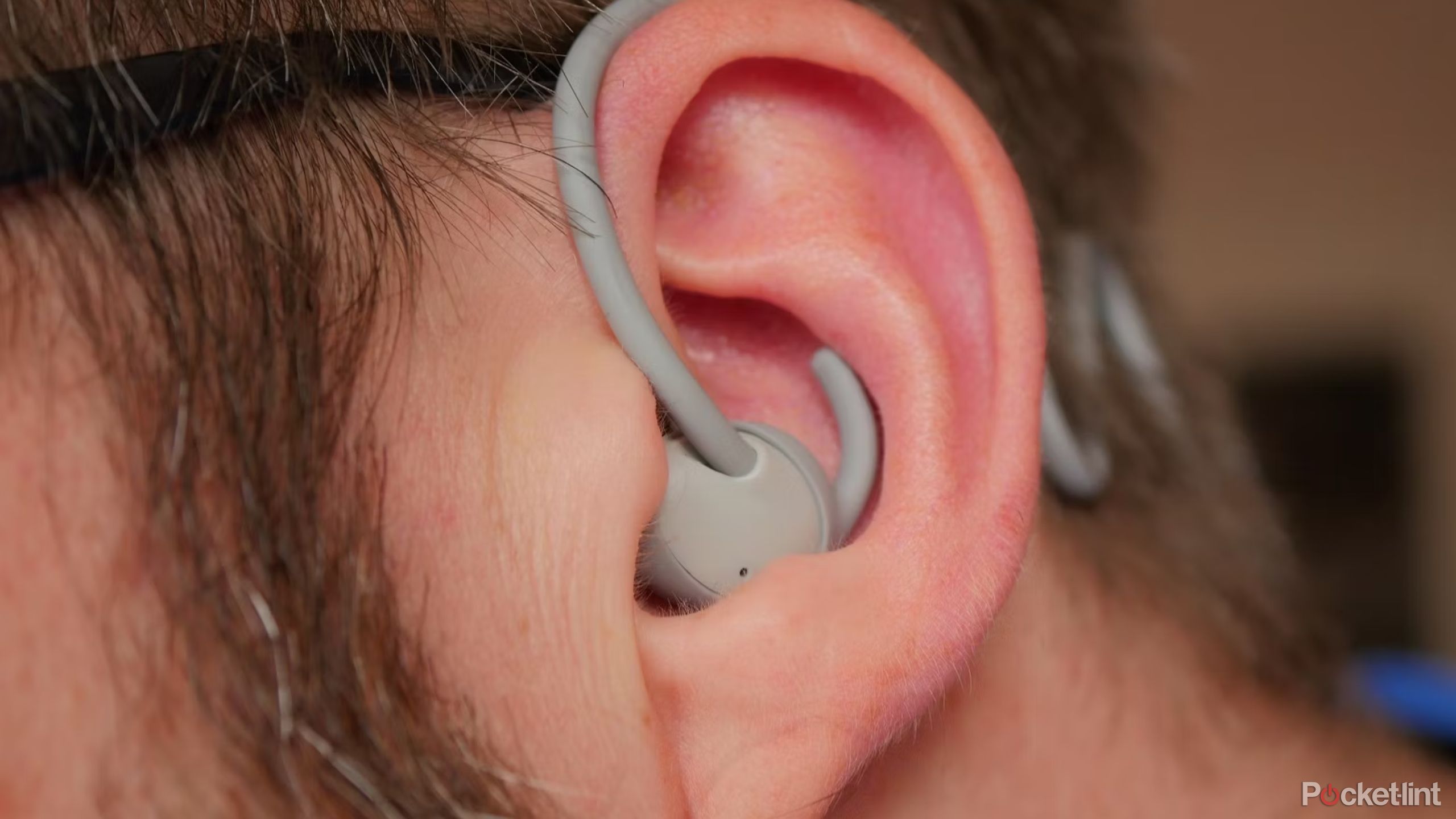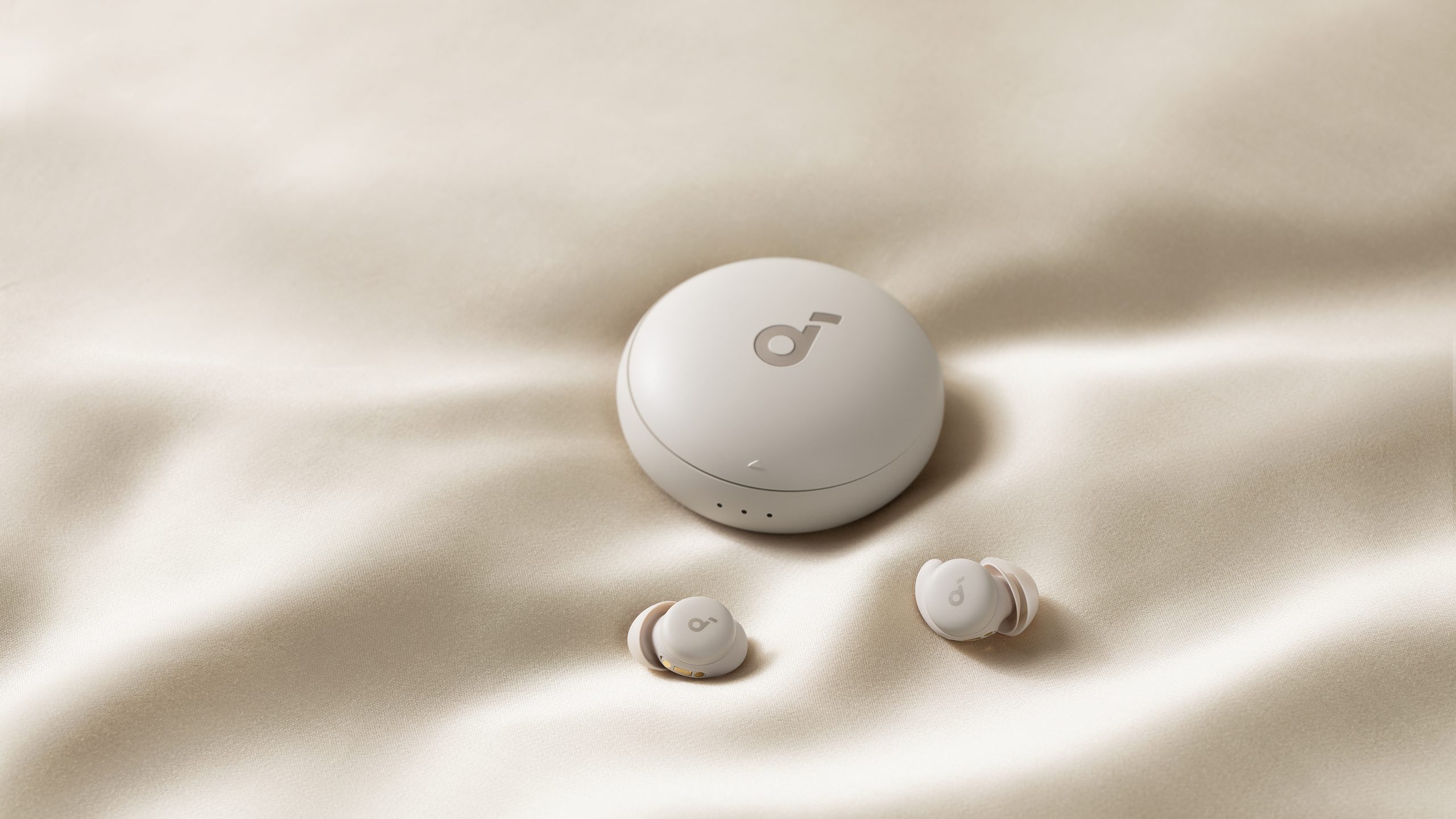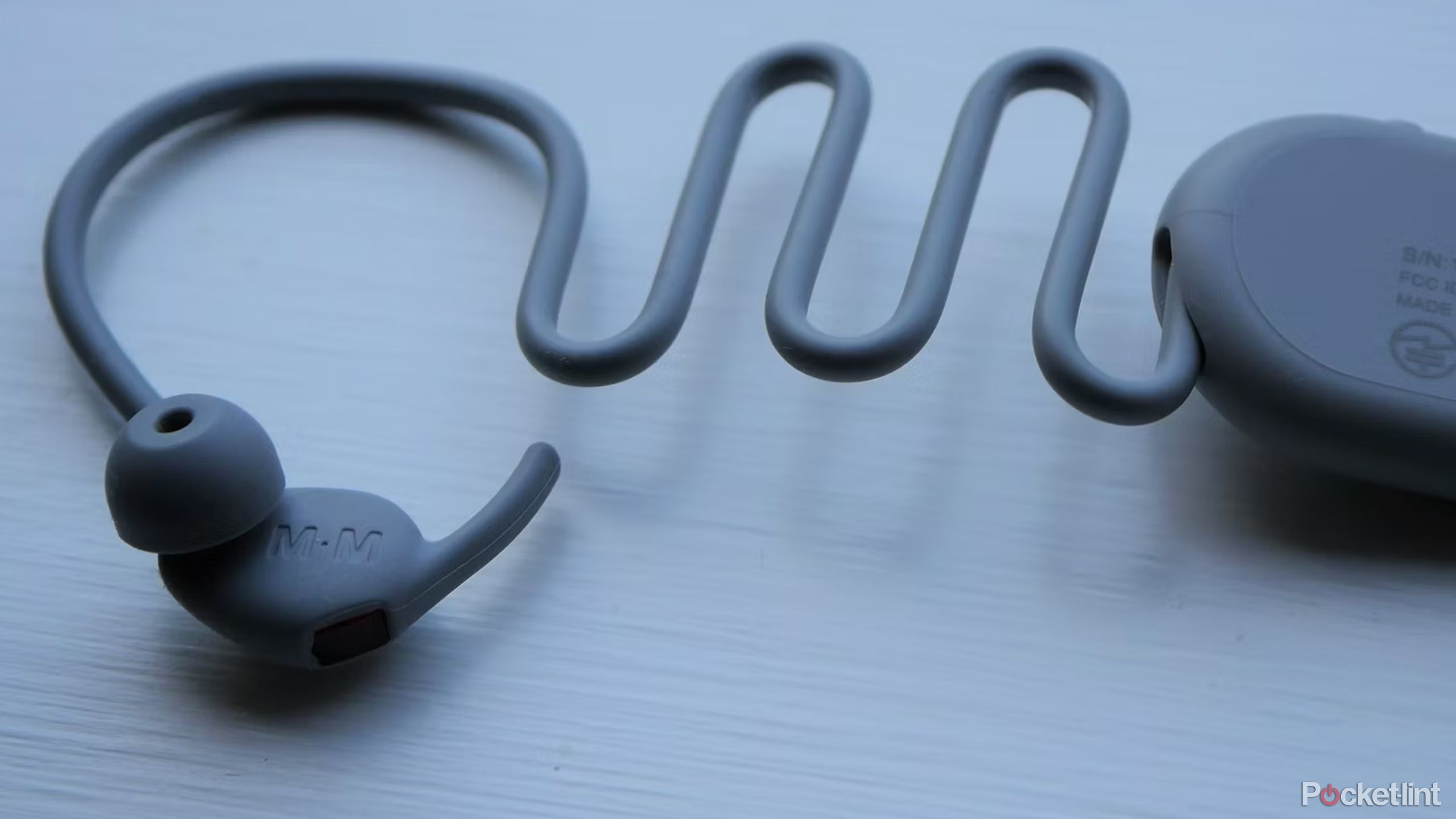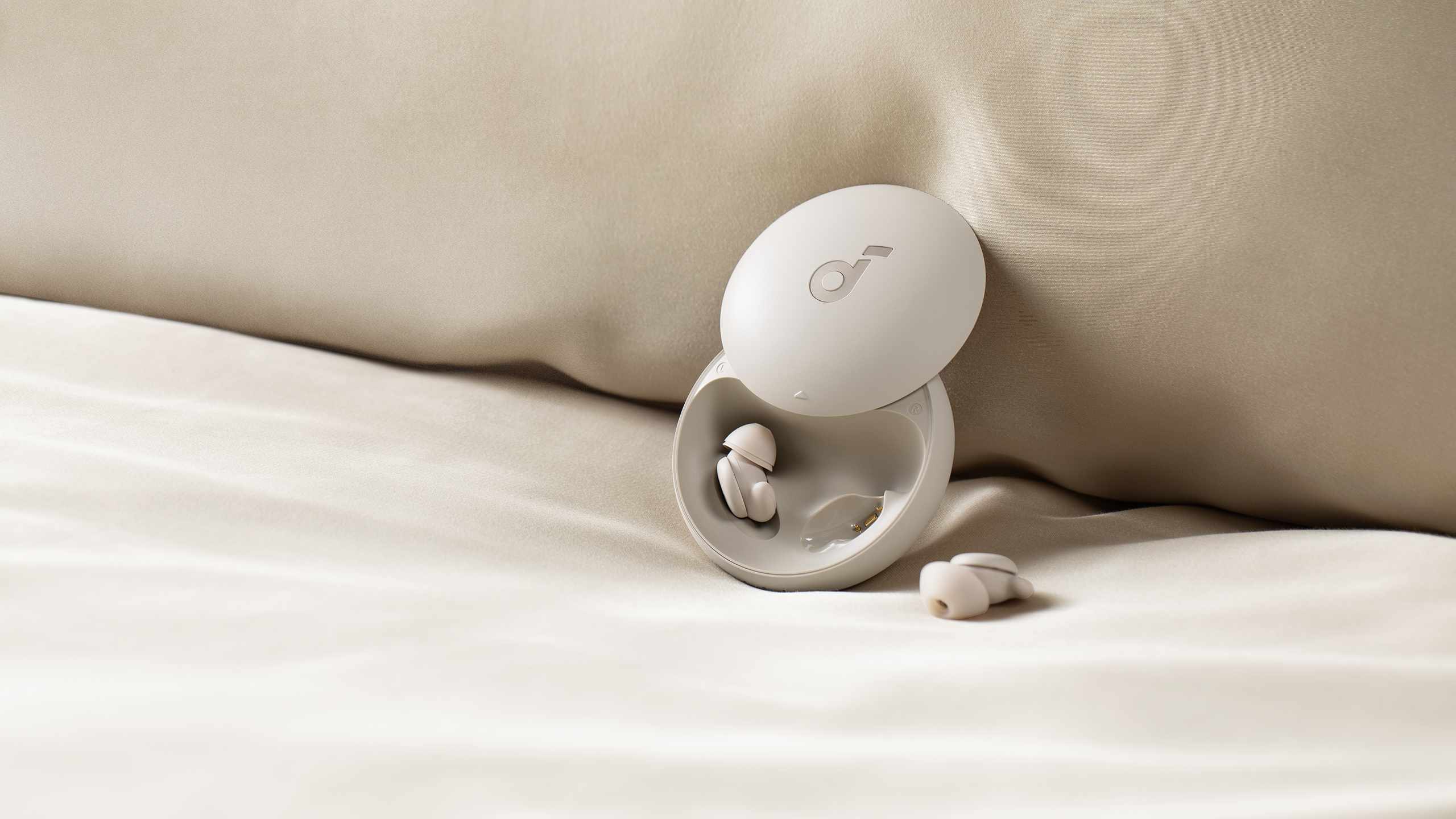Key Takeaways
- Sleep earbuds are a practical solution for blocking out bothersome sounds and can conveniently be used while traveling too.
- Designed for comfort, sleep earbuds like Kokoon Nightbuds offer stability during sleep unlike regular earbuds or headband-style headphones that might fall out when you move at night.
- ANS and passive noise-cancellation in sleep earbuds are the two options for blocking out different types of disruptive sounds.
If you’re anything like me, falling and staying asleep is harder than it looks. It could be the silence of your room getting on your nerves, housemates or neighbors moving about, or even an ear-ringing condition like tinnitus. Regardless of what’s keeping you up, a potential solution is sleep earbuds.
Sleep earbuds keep bothersome sounds out and let you listen to what you need to fall asleep instead, if anything. Not only are they a good option to use at home, but they can come in handy for traveling if you’re on a noisy plane or train.
If you’re on the fence about sleep earbuds, here are a few reasons why they might be a good choice.
8 best sound machines: Deep sleep solutions
Generate the sound of waterfalls, waves, and birds by your bedside with these top-rated devices.
1 Upgraded comfort
Tailored for side sleepers
As opposed to regular earbuds, sleep earbuds are made specifically for sleeping. If you’ve ever tried sleeping on your side with earbuds on, you know how hard it can be. They’re often uncomfortable — they press your ears against the pillow or fall out easily from tossing and turning.
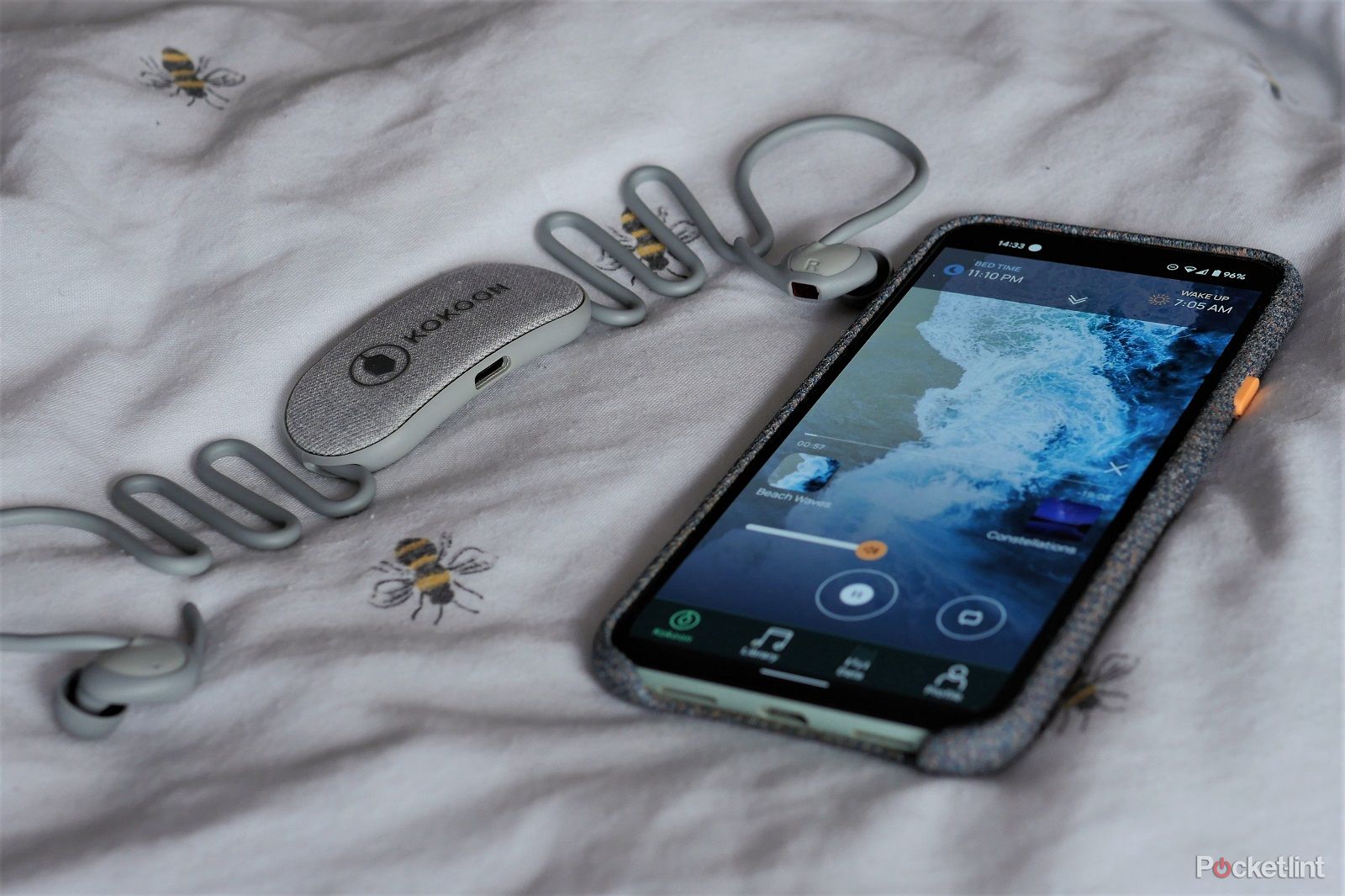
Kokoon Nightbuds: Sound sleep awaits
If you have trouble sleeping or could just benefit from some soothing assistance, then the Kokoon Nightbuds might be the answer.
If you wear earbuds specifically made to stay secure in your ears while asleep — like the Kokoon Nightbuds, which wrap around your ear and have wings to make them extra stable — you’re going to have a much easier time. The Anker Soundcore Sleep A10 and A20 both also have stabilizing wings to keep them secure, making them an excellent option over AirPods when bedtime hits.
2 A headband design alternative
Secure without pressure
Soundcore
Many of the sleep headphones sport a headband-style that connects the earpieces over your head. And while it works for some people, the design isn’t the best for everyone. The headband can shift around in the night to the point where you no longer even have the drivers over your ears, which doesn’t keep much noise out. Plus, they may just add unnecessary pressure build-up — not ideal for relaxation.
Most sleep headphones have this headband design, which leaves more space in the market for comfortable sleep earbuds.
Sleep earbuds ensure you get some sort of seal on your ear for better isolation, and there won’t be any of that shifting business going on around your head. Most sleep headphones have this headband design, which leaves more space in the market for comfortable sleep earbuds.
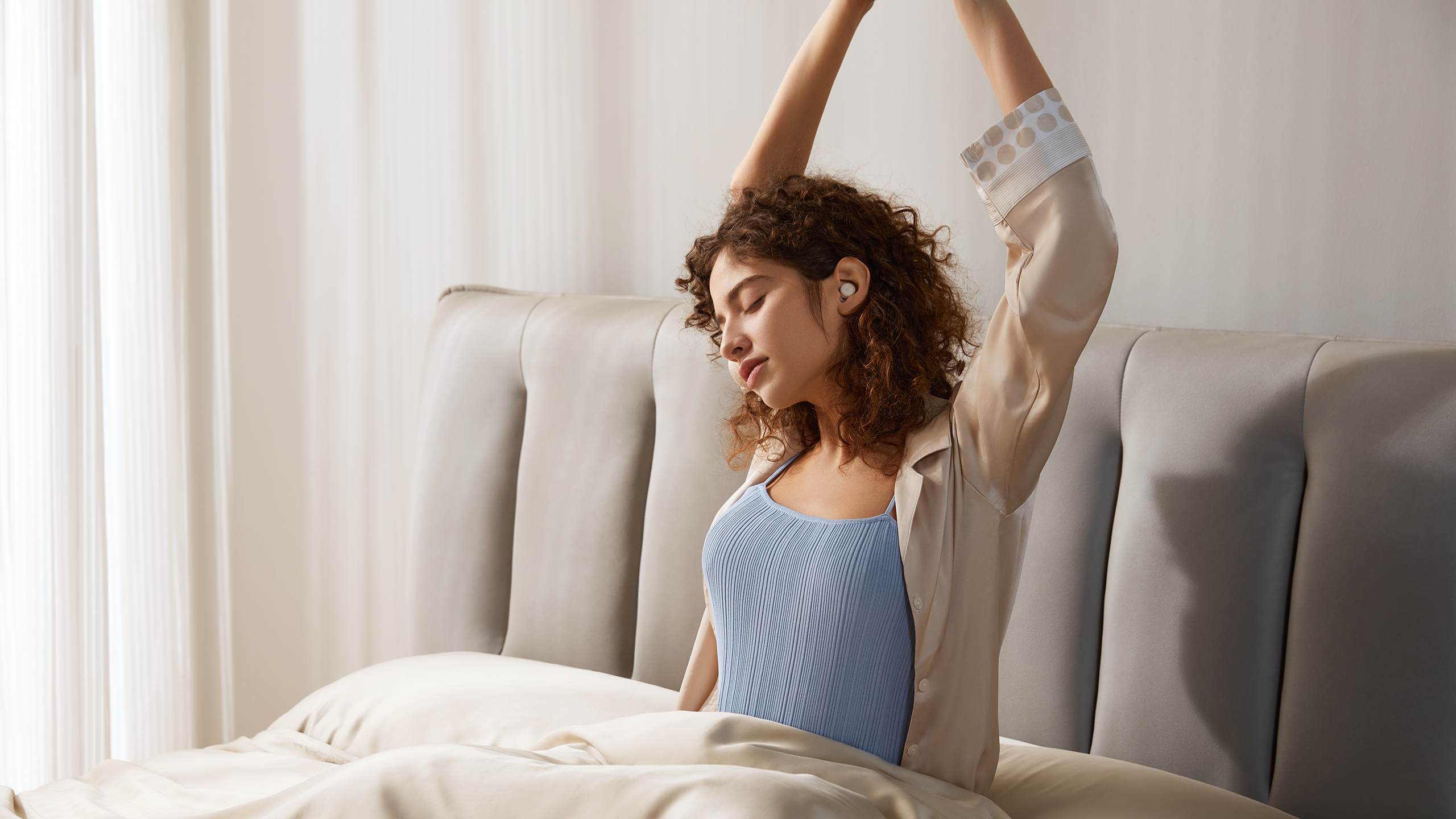
Soundcore announces its Sleep A20 earbuds to celebrate World Sleep Day
Soundcore releases its 2nd-Gen sleep earbuds, and it’s good news for side sleepers.
3 Keeps disruptive noise out
Both ANC and passive noise-cancellation work
There are two ways earbuds can block out noise: active noise-cancellation or passive isolation. More expensive earbuds, like the Kokoon Nightbuds, have noise-cancellation, so you can actively keep out any loud, droning noises while you sleep. However, most rely on passive isolation, which physically blocks the noise out through ear tips, which is what the Anker Soundcore Sleep A10 and the upcoming A20 promise.
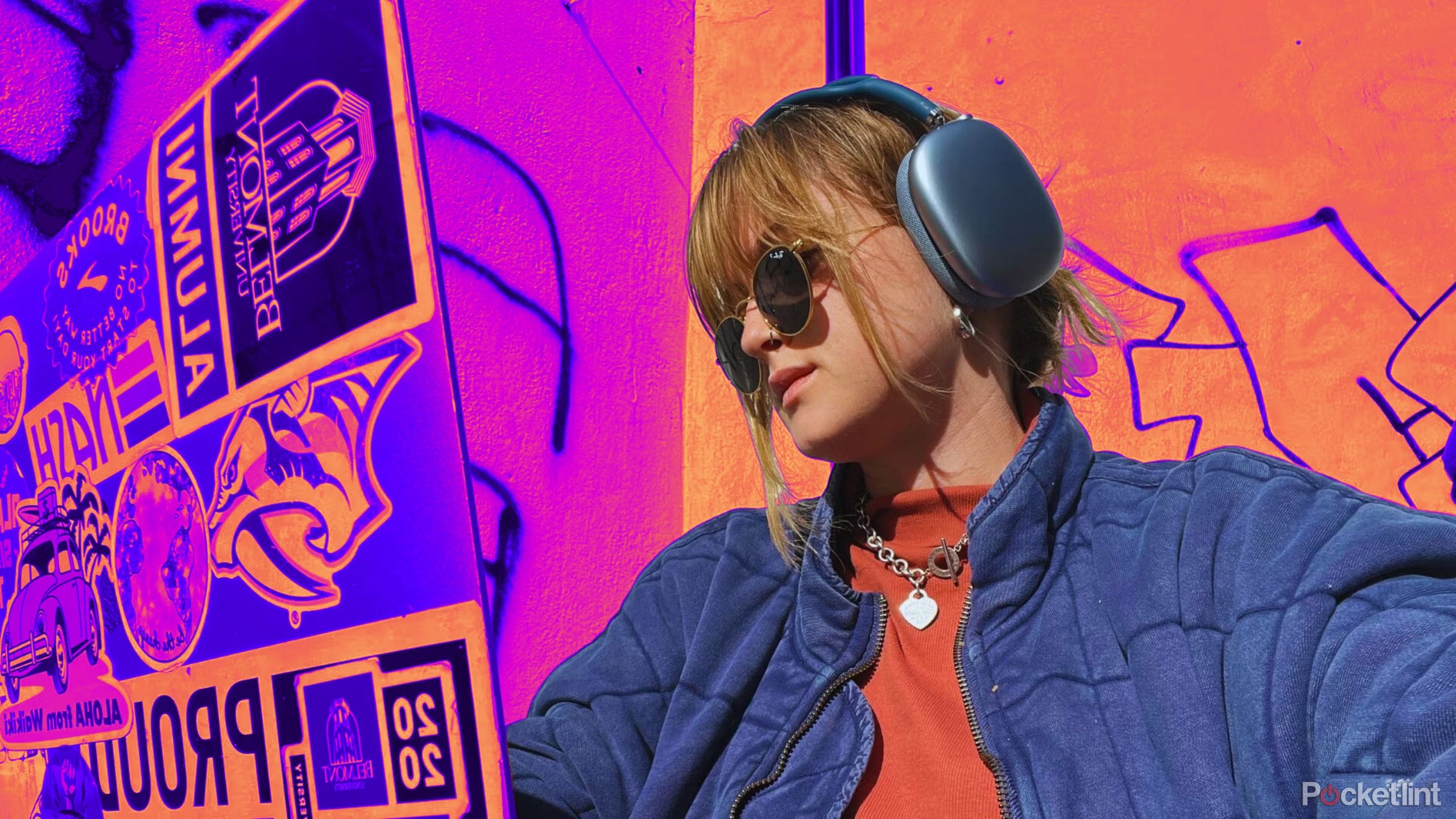
5 things to know about ANC (Active Noise Cancellation)
Including how it works, the different types, and why we think ANC headphones are worth it.
Active noise-cancellation
(ANC)
is best for keeping out consistent, droning sounds — like traffic or household appliances — whereas passive isolation is best for higher, incidental noises like typing, rain, or doors closing.
Both methods are sufficient for blocking out the noises that keep you up. Active noise-cancellation (ANC) is best for keeping out consistent, droning sounds — like traffic or household appliances — whereas passive isolation is best for higher, incidental noises like typing, rain, or doors closing. The method that works the best for you depends on the type of noise you need to block out and your budget, as noise-cancellation usually comes with a premium price tag.
4 Soothing sounds and white noise
Out with distracting sounds, in with the calming frequencies
Soundcore
Some sleep earbuds, like the Kokoon Nightbuds and the Soundcore Sleep A10, have music libraries in their respective apps that allow you to listen to calming music, soothing sounds, or white noise to fall asleep. Not only does this allow you to listen to peaceful sounds instead of whatever is disrupting your environment, but it also helps mask any noise that might be getting past the earbuds’ isolation or noise-cancelling.
You also aren’t beholden to those sound libraries — you can listen to whatever music or sounds you want.
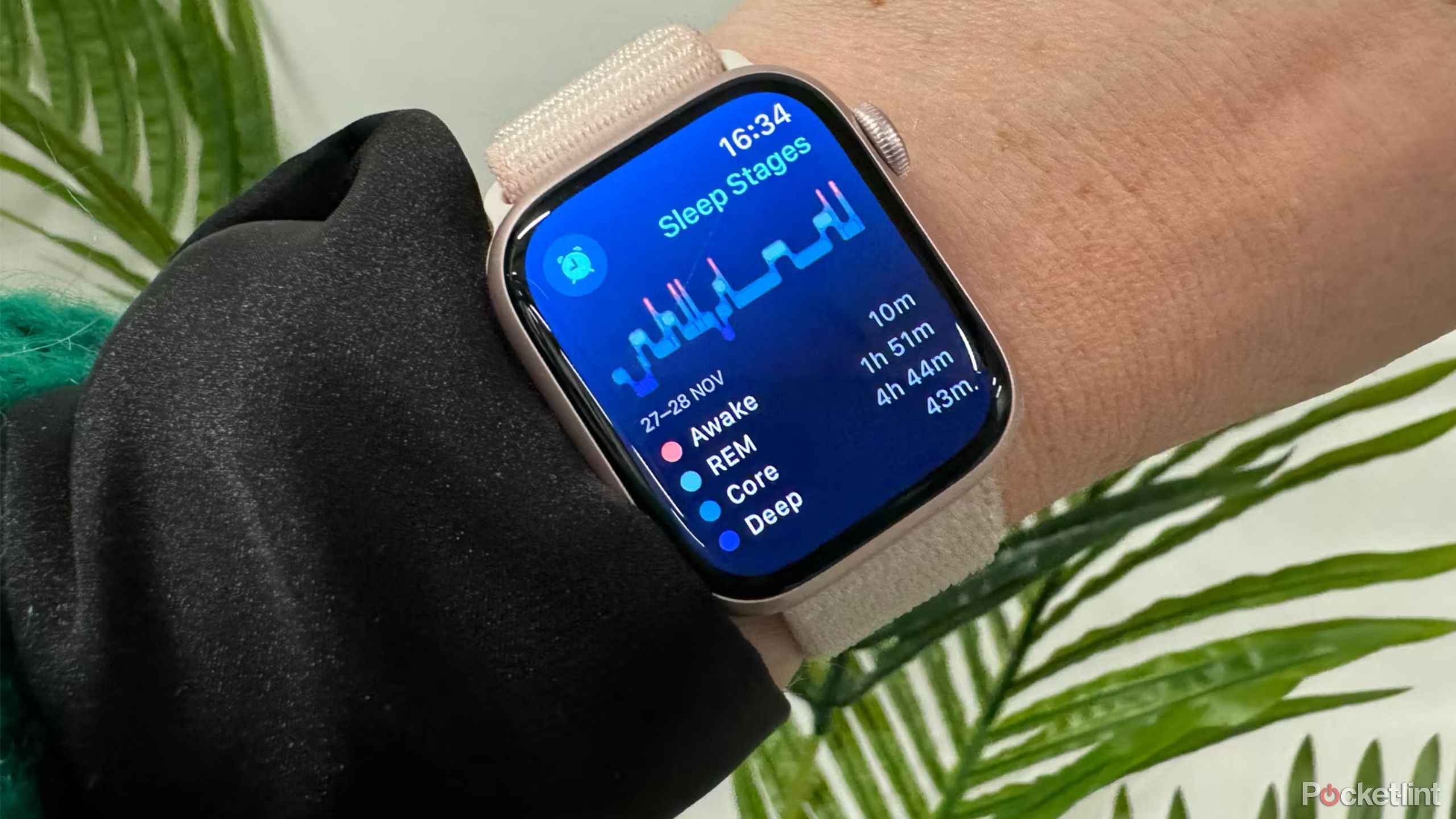
Apple Watch sleep tracking: What it does and how to use it
Everything you need to know about tracking your sleep with the Apple Watch, including how to set it up and what results you can expect.
You also aren’t beholden to those sound libraries — you can listen to whatever music or sounds you want. Whether the best night of sleep is on the other side of rain on a tin roof or opera music, you have unlimitied options to keep the annoying sounds out and the good ones in.
Trending Products

Cooler Master MasterBox Q300L Micro-ATX Tower with Magnetic Design Dust Filter, Transparent Acrylic Side Panel, Adjustable I/O & Fully Ventilated Airflow, Black (MCB-Q300L-KANN-S00)

ASUS TUF Gaming GT301 ZAKU II Edition ATX mid-Tower Compact case with Tempered Glass Side Panel, Honeycomb Front Panel, 120mm Aura Addressable RGB Fan, Headphone Hanger,360mm Radiator, Gundam Edition

ASUS TUF Gaming GT501 Mid-Tower Computer Case for up to EATX Motherboards with USB 3.0 Front Panel Cases GT501/GRY/WITH Handle

be quiet! Pure Base 500DX ATX Mid Tower PC case | ARGB | 3 Pre-Installed Pure Wings 2 Fans | Tempered Glass Window | Black | BGW37

ASUS ROG Strix Helios GX601 White Edition RGB Mid-Tower Computer Case for ATX/EATX Motherboards with tempered glass, aluminum frame, GPU braces, 420mm radiator support and Aura Sync


